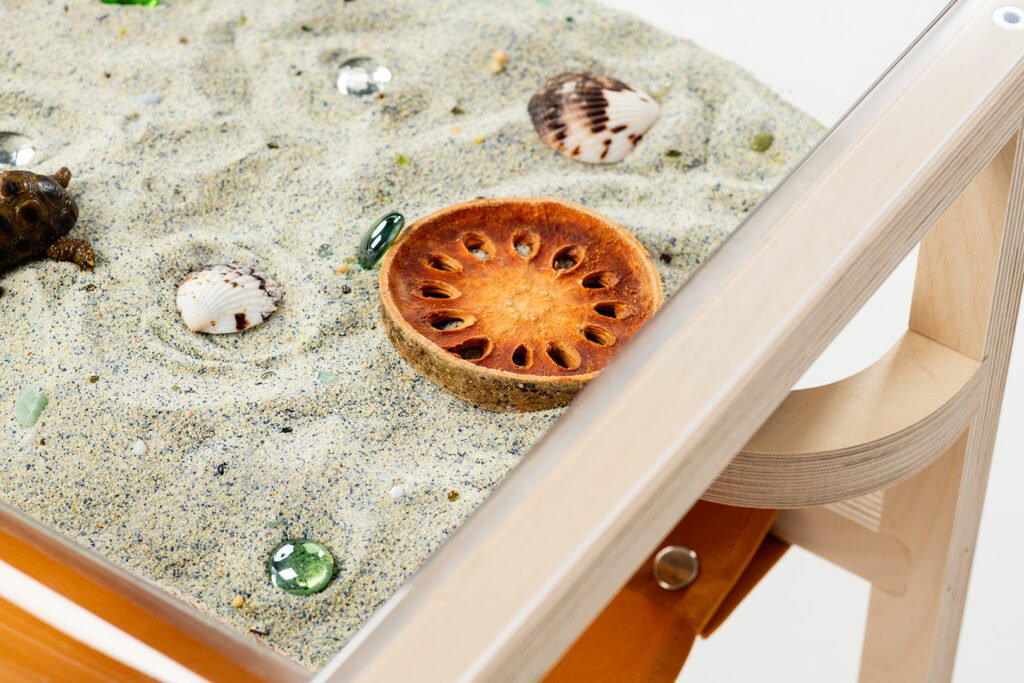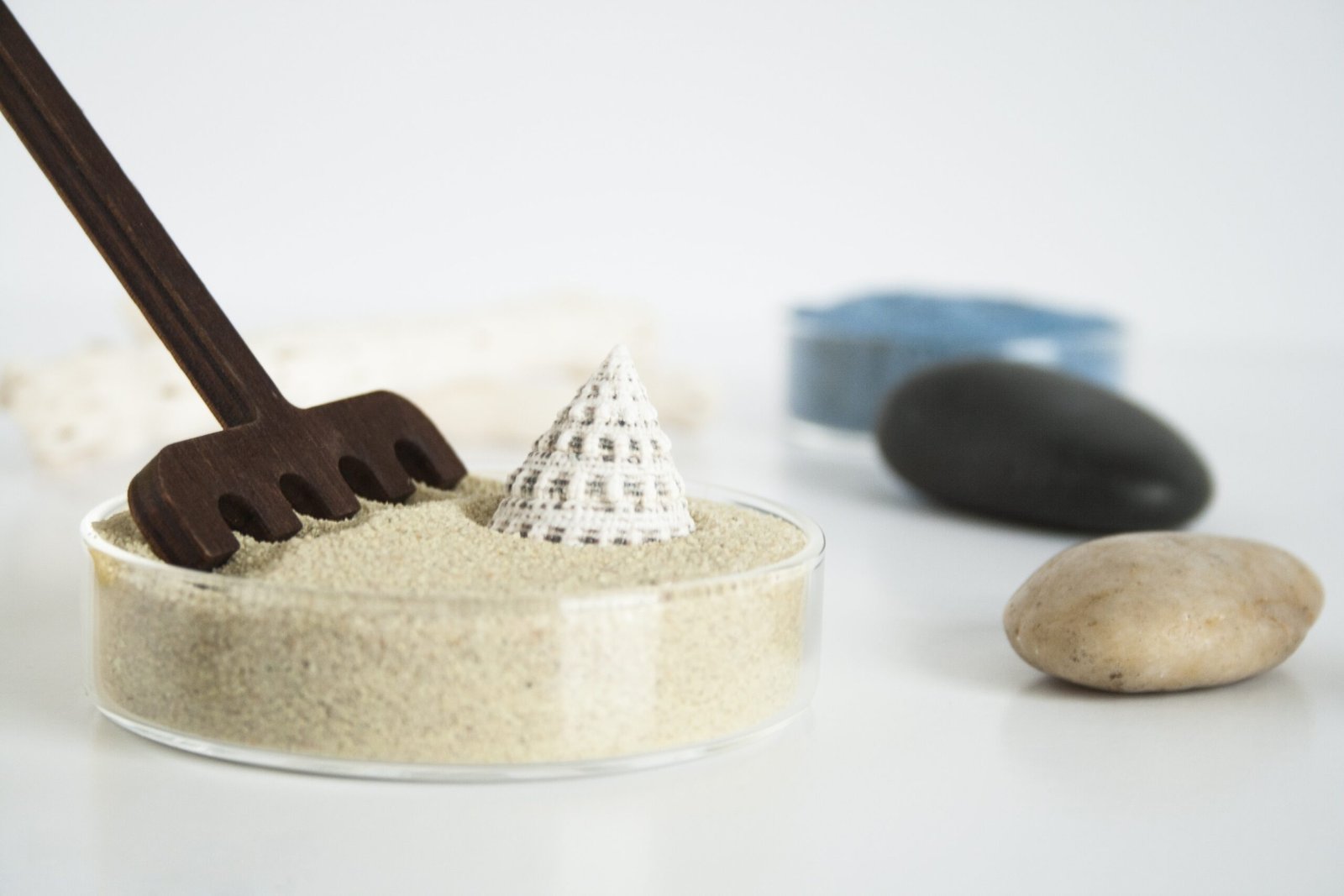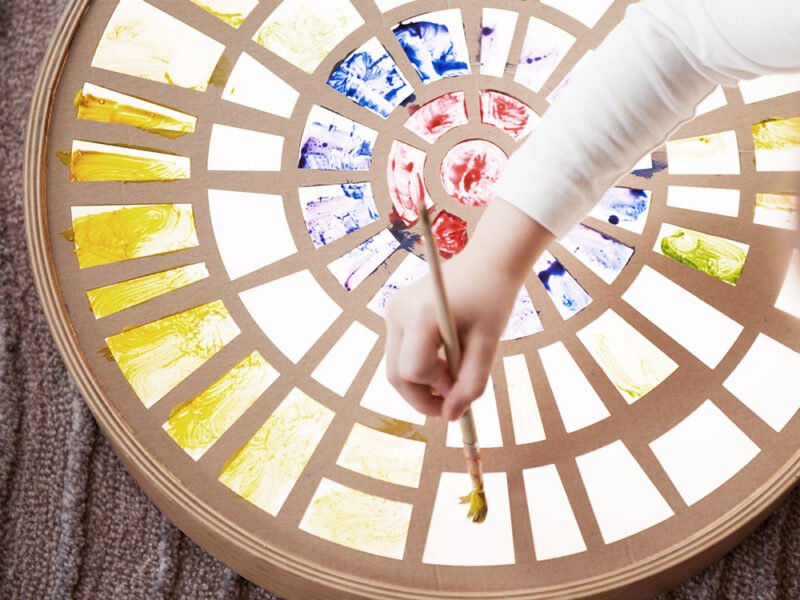Sensory play is a type of play that stimulates the senses and encourages exploration and experimentation with different textures and materials. It’s an essential part of children’s development, as it helps them to learn about the world around them and develop important skills.
Sensory toys and materials helps children develop their senses, such as sight, touch, taste, smell, and hearing, and encourages them to engage in hands-on exploration of their environment. Sensory play can take many forms, from playing with sand and water to handling different textures and materials.
Developing important life skills
When children engage in experimental play, they are not just having fun; they are also developing important life skills. Friedrich Froebel (1782-1852), a German educator who invented the concept of kindergarten, developed theory of human development and claimed that children learn and develop their understanding of the world by directly experiencing it.
Children are using their hands and bodies to explore the world around them. This helps them to develop a better understanding of space and size, as well as develop their scientific reasoning skills.
Sensory play helps children develop their fine motor skills, improve their hand-eye coordination, and boost their cognitive and problem-solving abilities. It also provides children with the opportunity to learn about cause and effect, and to understand how the world around them works.
One of the greatest benefits of sensory experiences is that it allows children to engage in self-directed play. Children are free to explore and discover at their own pace, and they can choose how they want to play with the materials and toys available to them. This type of play is particularly beneficial for children who are naturally curious and enjoy hands-on exploration.
In addition to the educational benefits, sensory activities is also a great way for children to develop their imagination and creativity. Children can use their senses to create new and exciting experiences, and they can also use sensory play to work through emotions and develop their social skills.

The power of sensory play
A great example of the power of sensory play can be seen in the story of a young girl named Ava. Ava was a very active child who loved to explore and play. She was always on the go and loved to touch, taste, and smell everything around her. One day, her parents decided to set up a sensory bin filled with different materials for her to play with. Ava was thrilled! She spent hours playing with the materials, discovering new textures and smells, and exploring the world around her.
As Ava played with the materials in the sensory bin, she discovered all sorts of new textures and sensations. She felt the smoothness of the sand between her fingers, and the squishiness of the beans. She explored the water, feeling the coolness against her skin, and watched as the bubbles rose to the surface.
But that’s not all! Ava was also learning about cause and effect, and understanding how the world around her works. She was working through her emotions, and developing her social skills through play. And best of all, she was having fun!
As Ava continued to play with the sensory materials, she became more confident and imaginative. She would close her eyes and let her other senses guide her, and she would create new and exciting experiences for herself. Her parents watched in amazement as Ava’s world of discovery expanded, and they were proud of all the things she was learning.
Over time, Ava’s parents noticed that her fine motor skills had improved, and she was able to complete tasks with more precision and control. They also noticed that Ava was more confident and imaginative in her play. She was able to use her senses to create new and exciting experiences, and she was able to work through her emotions and develop her social skills through play.
The options are endless
When it comes to finding the right toys for sensory play, the options are endless. From sand and water tables to sensory tables filled with different materials, there are many options available to support your child’s sensory play journey. The key is to choose toys and materials that are safe, non-toxic, and appealing to your child’s senses.
In conclusion, sensory play is a journey of discovery for children and provides numerous benefits to their development and well-being. It provides children with the opportunity to engage in hands-on exploration and self-directed play, and helps them develop important life skills while having fun. If you are looking for ways to support your child’s development, consider incorporating sensory toys into your daily routine.
So, if you have a little explorer in your life, consider setting up a sensory play area for them. Fill a bin with sand, water, beans, and other sensory materials, and watch as your child discovers the wonders of the world through their senses.
35 ideas for sensory play
Sensory play is a fun and engaging way for children to explore and learn about the world around them. Here are 35 ideas for sensory play that you can try with your child:
- Water play: Fill a tub or basin with water and let your child splash around and play with cups, containers, and other water-safe toys.
- Light table play: Encourage your child to explore different objects on the table, such as colored blocks, transparent shapes, or plastic letters.
- Shadow play: Use a flashlight or light source to cast shadows on a wall or surface. Encourage your child to make different shapes with their hands or objects, and watch as the shadows change and morph.
- Ice play: Freeze small toys or objects in ice cubes and let your child melt them to find the hidden treasure.
- Shaving cream play: Squirt shaving cream onto a table or tray and let your child spread and explore the texture.
- Play dough: Make homemade play dough or purchase store-bought and let your child mold and shape it.
- Kinetic sand: This special sand is moldable and easy to clean up, making it perfect for sensory play.
- Cloud dough: A mix of flour and oil that has a unique texture that can be molded and shaped.
- Finger paint: Let your child get messy and creative with finger paint on paper or a sensory bag.
- Free play: Allow your child to play freely in a sandbox or at the beach. Provide them with buckets, shovels, and other sand toys to encourage creative and imaginative play.
- Sensory exploration: Encourage your child to explore the texture and weight of the sand with their hands and feet. Add other materials such as shells, pebbles, or sticks to the sand to provide additional sensory experiences.
- Sandcastle building: Build sandcastles with your child using molds or by hand. Encourage them to experiment with different shapes and designs and use their imagination to create their own unique structures.
- Sand sensory table: Fill a sensory bin with sand and add different objects for your child to discover and explore. This could include small toys, plastic animals, or hidden treasures for them to find.
- Bubble wrap: Pop and play with the bubbles in bubble wrap.
- Mud kitchen: Set up a designated outdoor area with materials for mud play and let your child get their hands dirty.
- Edible sensory play: Create sensory experiences using food like spaghetti, jello, and pudding.
- Oobleck: A mixture of cornstarch and water that has a unique texture that can be both liquid and solid.
- Ice cube painting: Freeze paint in ice cube trays and let your child paint with the frozen paint cubes.
- Salt dough: A mix of flour, salt, and water that can be molded and shaped before baking.
- Colored rice: Dye rice different colors and let your child play with it.
- Sandpaper letters: Make textured letters using sandpaper and let your child trace and explore them.
- Texture walk: Set up different textures on the ground like carpet squares, grass, and sand and let your child walk barefoot.
- Sensory bottles: Fill water bottles with oil, glitter, and small objects and let your child shake and explore them.
- Play with pom-poms: Use tweezers or tongs to move pom-poms between containers.
- Feather play: Let your child play and explore with different types of feathers.
- Nature sensory play: Collect different natural materials like leaves, stones, and sticks and let your child explore and create.
- Magnetic play: Let your child play with magnets and magnetic objects.
- Slime: Make or purchase slime and let your child stretch and mold it.
- Water beads: Soak small beads in water to create a fun sensory experience.
- Bubble play: Blow bubbles and let your child pop them.
- Texture rubbings: Use paper and crayons to make rubbings of different textures.
- Scented playdough: Add different scents to homemade playdough to create a sensory experience.
- Cotton ball play: Let your child play and explore with cotton balls.
- Rock painting: Let your child paint rocks and explore the different textures and shapes.
- Play “I Spy”: Fill several balloons with different objects or materials (water, sand, rice, or small objects like beads or marbles). Ask children to feel the balloons and try to guess what’s inside based on the texture and weight.
Remember, there are endless possibilities for sensory play, so be creative and have fun!





